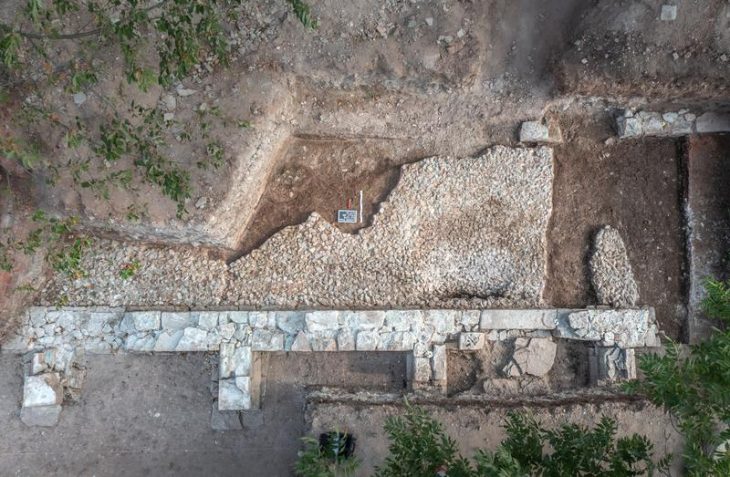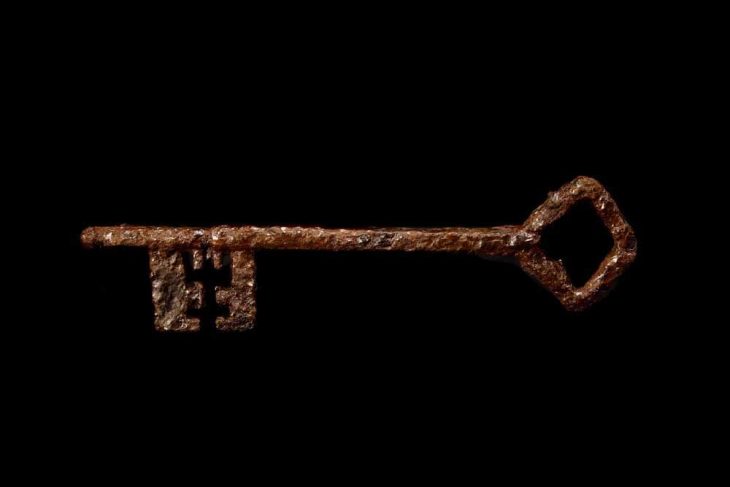For the past seven years, archaeologists have been diligently digging into the history of Posa Hill near Zeitz, Germany. Their annual excavations, led by Holger Rode and supported by dedicated volunteers, are slowly peeling back the layers of time, revealing a fascinating medieval complex.
Recent discoveries rewrite the narrative of Posa’s past. Evidence suggests a significant castle existed on the prominent hilltop as early as the 9th and 10th centuries. This may have even housed the first church building around the 10th century. Then, in 1114, a Benedictine monastery rose on this strategic location, only to be virtually demolished by the 17th century.

The current focus lies south of the previously discovered monastery church, where the cloister once stood. This ongoing excavation, led by the State Office for Heritage Management and Archaeology Saxony-Anhalt and the newly founded Association for the Promotion of Archeology and Historical Research Zeitz e.V., is unearthing hidden treasures.
The initial challenge involved clearing massive amounts of rubble dumped on the site after the monastery’s demolition in the 17th century, when it became a convenient quarry for Zeitz’s Moritzburg Castle. This destructive act stripped the monastery buildings down to their foundations.
But beneath this destructive layer, a remarkable sight awaited. Parts of the south wing of the cloister complex were surprisingly well-preserved. The north facade, standing at roughly 70 centimeters and stretching 10 meters, showcases impressive buttresses made of ashlar masonry. Traces of plaster linger on the inner walls, hinting at the cloister’s past beauty.

The real surprise came from the floors. The southern cloister wing still boasts almost-complete floor structures. The upper floor surprised archaeologists with its high-quality red brick chippings, designed to resemble red marble. Flaws in the screed floor hint at the location of removed grave slabs, likely salvaged for their building material value.
Interestingly, the rubble layers above the ruins yielded unexpected finds. Large sandstones, overlooked during the initial plunder, were unearthed alongside fragments of the cloister’s vaulted ribs, some still bearing traces of red paint. But the crown jewel of these discoveries is an entirely intact keystone from the former cloister vault. This intricately carved stone depicts vine leaves and grapes, a clear nod to the region’s long history of viticulture, recently revived.
This keystone, along with other recovered stones, allows for a more precise dating of the south wing to the late 13th or early 14th century. Similar stones have been found in the cloisters of Zeitz Cathedral and Naumburg Cathedral, providing valuable context.
The discovery reveals a fascinating detail – the 14th-century cloister replaced a much older, Romanesque predecessor. This echoes the findings related to the monastery church, where a Gothic renovation transformed the original Romanesque structure during the 14th century.

The archaeological journey continues. Future excavations will focus on uncovering more of the southern and eastern wings of the cloister, along with the central cross courtyard. The ultimate goal? To gain a deeper understanding of the even older church presumed to lie beneath the existing Gothic and Romanesque structures. Recent years have already yielded glimpses of this early sacred building, possibly constructed in the 10th century and tragically destroyed by fire in the late 11th century.
Intriguingly, even earlier 9th-century finds have been unearthed. These represent the oldest evidence of human settlement on Posa Hill and potentially connect to the large ramparts that encircle the entire mountain.
The Posa research excavation is far from over. As the year progresses, each unearthed piece adds another chapter to the rich history buried beneath Posa Hill. This ongoing exploration promises to reveal even more secrets about the lives, faith, and architecture of a bygone era.
